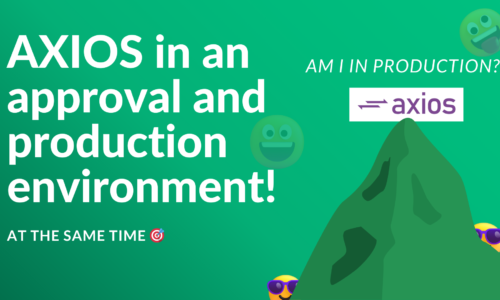
Have you created your component today? 🧩🧩
- andre
- 28 de dezembro de 2023
- VueJs, Web Development
- 0 Comments
Reading: 5 minutes.
Welcome to the wonderful world of component-based frameworks! If you’re tired of giant, difficult-to-manage codes, then you’re in the right place. Today, let’s explore the advantages of using frameworks that rely on the concept of componentization, which is like putting together a digital puzzle to create incredible applications.
What is componentization?
Before we dive into the advantages, let’s understand what this “componentization” is. In simple terms, componentization is the practice of dividing an application into smaller, reusable parts, called components. These components are like Lego pieces that can be combined in different ways to create something bigger.
Advantages of components in a
Web application:
First, code reuse becomes a reality. You build a component once and use it in multiple places, saving time and effort. Furthermore, maintenance becomes easier, as each component is independent and can be changed without affecting the rest of the application. Modularity provides more agile and scalable development.
How to assemble a parent file and a child file in VueJs?
Now let’s get our hands dirty! In frameworks like VueJs, creating components is simple and powerful. To assemble a parent file and a child file, we first create a child component and import it into the parent component. Here is a basic example:
ChildComponent.vue:
Making it even easier with Componentization:
In addition to reusability and simplified maintenance, componentization enables efficient collaboration between developers. Several teams can work simultaneously on different components without interfering with each other. This speeds up development and makes it possible to build more complex applications more efficiently.
In a world where agility and efficiency are essential, component-based frameworks like VueJs are true heroes. They not only simplify development but also make code more organized and easier to manage. So, the next time you’re about to start a new project, remember the advantages of component-based frameworks and harness the power of componentization to create something amazing! 🚀🧩
Related Posts

- andre
- 4 de janeiro de 2024
Use AXIOS in an approval and production environment at the same time 🎯
Reading: 4 minutes. Who said developing can’t be fun? If you’ve ever been torn betw ..

- andre
- 3 de junho de 2023
Learn 5 minutes why get started on VueJs right now 🫣
Reading: 5 minutes. Hey guys, today I’m going to show you in 5 minutes why VueJS is so am ..

